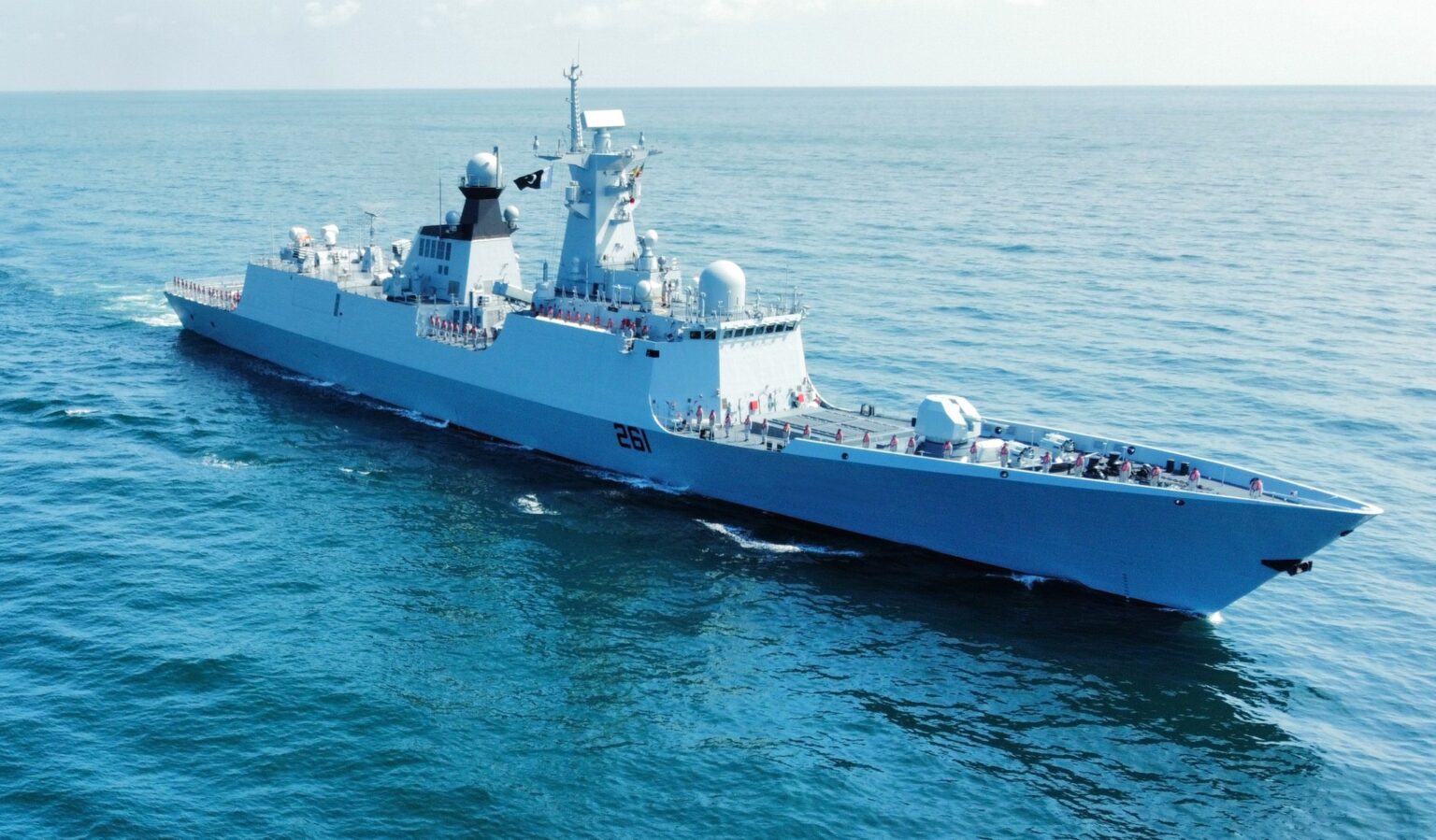SOURCE: AFI


The Pakistan Navy’s ambitious modernization efforts, centered on its Chinese-built Type-054A/P (Tughril-class) and F-22P (Zulfiquar-class) frigates, have been severely undermined by persistent technical failures, according to recent reports. These vessels, touted as the navy’s most advanced surface combatants, have been plagued by defective infrared sensors, unreliable search and track radars, and chronic engine problems, rendering them unable to sustain high-speed operations or maintain combat readiness.
These deficiencies proved particularly detrimental during India’s Operation Sindoor, launched between May 7 and 10, 2025, in retaliation for a Pakistan-backed terror attack in Pahalgam, Jammu and Kashmir. The operation exposed critical weaknesses in Pakistan’s naval strategy, as the navy struggled to field a credible submarine deterrent or deploy its main surface fleet effectively, with the Tughril-class frigates failing to provide robust air defense or sea control.
The Tughril-class (Type-054A/P) frigates, commissioned between 2021 and 2023, and the Zulfiquar-class (F-22P) frigates, inducted between 2009 and 2013, represent the backbone of the Pakistan Navy’s surface fleet. The Type-054A/P, a modified version of China’s Type-054A frigate, is equipped with advanced systems, including a 32-cell vertical launch system (VLS) for LY-80N surface-to-air missiles (SAMs), CM-302 supersonic anti-ship missiles, and SR2410C active electronically scanned array (AESA) radars. The Zulfiquar-class, based on the older Type-053H3 design, features C-802 anti-ship missiles, FM-90 SAMs, and a 76mm main gun. Despite their advanced specifications, both classes have faced significant operational challenges.
Reports, including posts on X, highlight a range of technical issues affecting these frigates. The Zulfiquar-class has been particularly troubled, with defective infrared sensors, malfunctioning SR47-BG and SR60 radars, and unreliable ASO-94 sonars, compromising anti-submarine warfare (ASW) and air defense capabilities. Engine degradation, including issues with crankcase and liner wear, and faulty cooling systems have forced ships like PNS Zulfiquar and PNS Aslat to operate at reduced capacity or remain docked for extended repairs. For instance, the PNS Aslat, built domestically by Karachi Shipyard & Engineering Works (KSEW), has faced persistent sonar and radar failures, with false target detections further undermining its effectiveness.
The Tughril-class, despite being newer and more advanced, has not been immune to problems. Reports indicate issues with the SR2410C AESA radar and Type-517 air-surveillance radar, which have exhibited inconsistent tracking performance against modern missile threats. The frigates’ Shaanxi 16 PA6 STC diesel engines, part of their CODAD propulsion system, have also suffered from degradation, limiting sustained high-speed operations (maximum 27 knots). Faulty cooling systems have exacerbated these issues, reducing operational endurance and forcing ships like PNS Tughril and PNS Taimur to undergo frequent maintenance. Additionally, the integration of the Z-9EC ASW helicopters, intended to enhance the frigates’ capabilities, has been hampered by frequent tail rotor failures, poor main rotor blade life, and unreliable supply chains for spare parts, rendering them ineffective for operations from Type-054A/P platforms.
These technical deficiencies have significantly degraded the Pakistan Navy’s combat readiness, with reports suggesting that only a fraction of its surface fleet was fully operational during critical periods. The reliance on Chinese systems, often criticized for quality issues compared to Western alternatives, has compounded these challenges, as seen in similar concerns raised by the Thai Navy when evaluating Chinese frigates.
The technical failures of the Tughril and Zulfiquar-class frigates highlight Pakistan’s over-reliance on Chinese defense equipment, which constitutes over 75% of its defense imports between 2018 and 2022. While the Type-054A/P frigates were intended to bridge the capability gap with India’s advanced Talwar and Nilgiri-class frigates, their performance issues have limited their effectiveness. The CM-302 missile, comparable to India’s BrahMos in speed and range (300 km), is constrained by Pakistan’s non-membership in the Missile Technology Control Regime (MTCR), preventing access to extended-range variants. In contrast, India’s BrahMos has been upgraded to a 600 km range, giving it a significant edge.
NOTE: AFI is a proud outsourced content creator partner of IDRW.ORG. All content created by AFI is the sole property of AFI and is protected by copyright. AFI takes copyright infringement seriously and will pursue all legal options available to protect its content.